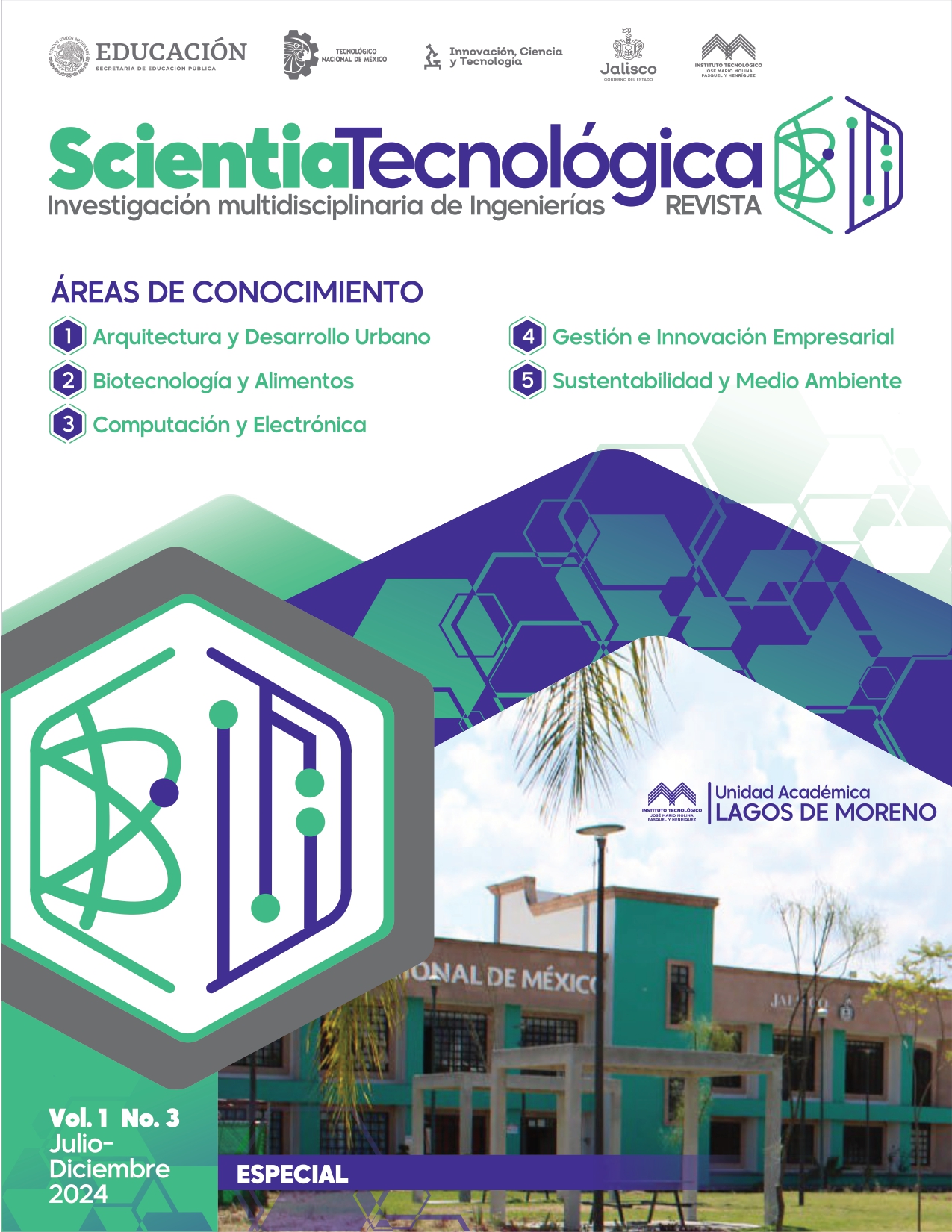Natural Colorants Extracted from Microalgae with Potential Use in Food: Case Study of C-phycocyanins
DOI:
https://doi.org/10.1234/129v3p94Resumen
The use of spirulina for the formulation of functional foods has increased in recent years due to its properties and health benefits. In addition, the use of spirulina phycocyanin is of interest for its functional properties in the human body, with health benefits ranging from anti-inflammatory action to its power as an anticancer agent. However, one of the problems with the use of phycocyanin in food is to optimize its extraction at maximum concentration and with good stability. In this work, a method of extraction and precipitation of phycocyanin with different salts was standardized, with the aim of optimizing the parameters of the extraction process (temperature, pH, agitation, amount of solvent and time) and precipitation (temperature of storage, precipitating salt concentration, and time) to maximize phycocyanin concentration, using the response surface method. The results of the proposed phycocyanin extraction and precipitation method managed to obtain concentrations of 0.378 mg/ mL and 0.47 mg/g of phycocyanins respectively, thus obtaining a natural pigment for incorporation into beverages
Descargas
Publicado
Número
Sección
Licencia
Derechos de autor 2024 Scientia Tecnológica

Esta obra está bajo una licencia internacional Creative Commons Atribución-NoComercial-SinDerivadas 4.0.






